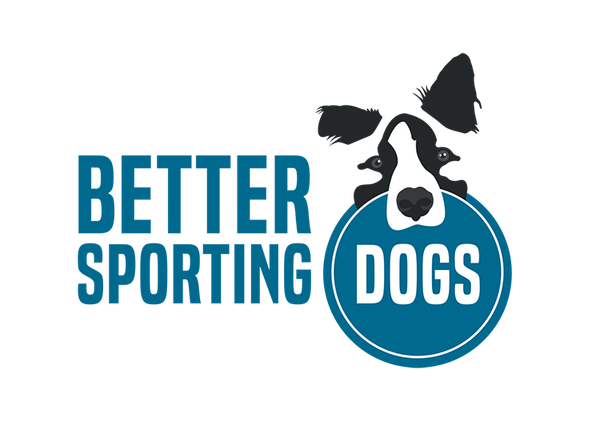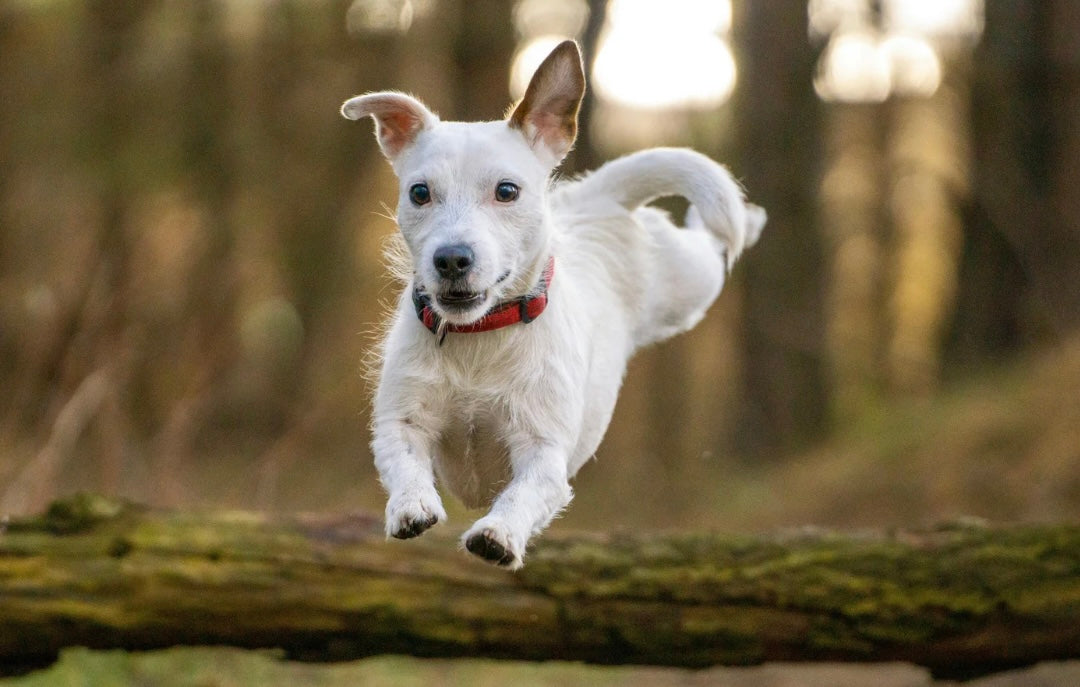So, your dog is flying through tunnels, clearing jumps, and weaving like a pro—what’s next? Once you’ve nailed the fundamentals, advanced agility training is all about refining performance, improving communication, and shaving off seconds. Whether you’re eyeing the podium or just want to challenge your dog’s skills, these advanced tips will keep your team sharp and connected.
1. Perfect Your Timing and Handling Cues
Advanced agility is a game of split-second decisions. Refine your body language, verbal cues, and timing to help your dog anticipate the next move. Practice:
- · Front crosses, rear crosses, and blind crosses until they’re second nature.
- · Clear, consistent motion—your shoulders and feet “talk” louder than your voice.
- · Delayed cues to test and build your dog’s focus and independence.
2. Train Obstacle Independence
Top dogs don’t need to be micromanaged. Build your dog’s confidence to complete obstacles without hovering nearby:
- · Practice distance work by gradually increasing your space from the obstacle.
- · Use directional commands like “out,” “go,” or “wrap” to guide without leading.
- · Reward successful independent performance to reinforce trust.
3. Add Distractions and Environmental Challenges
Replicate the chaos of competitions:
- · Practice in different environments—parks, unfamiliar fields, noisy spaces.
- · Add distraction toys, other dogs nearby, or unexpected noises.
- · Keep sessions short and fun to prevent stress or overstimulation.
4. Increase Speed Without Losing Control
Speed is great—but not if your dog blows past the weave poles. Work on:
- · Sprint drills with tight turns to improve control at high speed.
- · Speed-focused sequences followed by precision drills (like a tricky weave entry).
- · Rewarding both speed and accuracy equally.
5. Fine-Tune Your Dog’s Line Reading
Help your dog anticipate the path by training:
- · “Collection” and “extension” cues so they know when to tighten or open up.
- · Jump grids to improve takeoff points and avoid knocked bars.
- · Wrap exercises around jumps to improve turns and reduce wasted motion.
6. Mental Conditioning and Focus Work
Even pros need mindset training:
- · Incorporate impulse control games like “It’s Yer Choice” or “Zen Bowl.”
- · Work on start-line stays under pressure.
- · Build resilience by occasionally rewarding unexpected outcomes or switching up routines.
7. Analyze Your Runs
Record practice runs and competitions. Look for:
- · Hesitation or confusion (was the cue too late? unclear?)
- · Areas where you can improve your path or positioning.
- · Patterns where your dog consistently struggles—could be a cueing issue.
Conclusion
Advanced agility is where the magic happens—when your dog is not just following commands, but reading your intentions. With consistent training, clear communication, and a good dose of fun, you and your pup can become a seamless team. Remember, progress comes in layers—celebrate the small wins, and keep striving for that perfect run!



